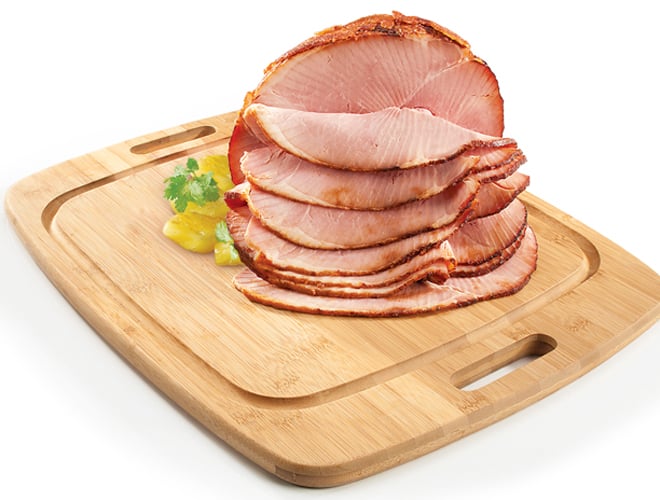Successfully carving a juicy beef roast or a plump turkey before you transfer to a serving plate requires that you use a carving board. Designed for cutting pieces of meat and collecting their juices, carving boards are an essential kitchen tool to have if you serve entrees such as roasts, turkey, chicken and fish.
Familiarizing yourself with the following aspects of a quality carving board will help you choose the best model for your kitchen.
1. Size
Considering that a 16-pound turkey can measure 16 to 17 inches in length, it’s important to choose a board that will accommodate large pieces of meat. A good size that will enable you to easily cut just about any piece of meat is 20 to 21 inches long by 14 to 16 inches wide. Of course, if you only cook small pieces of meat, a 14-to 15-inch-long board will suffice.
2. Materials
A majority of carving boards come in wood, plastic, glass, and acrylic models. Wood carving boards are generally crafted from long-lasting, durable hardwoods, such as bamboo, maple, teak and acacia. Wood boards must be washed by hand. They also generally require conditioning with mineral oil before use, as well as periodic re-conditioning.
Plastic carving boards also hold up well to cutting. They have the added benefit of being non-porous, which means they resist odors and cut marks. Plastic is dishwasher safe.
Glass cutting boards are the most hygienic, dishwasher safe, yet will dull knives the most over time. They are prone to cracking and chipping.
Acrylic cutting boards are light-weight, dishwasher safe, and chip resistant. Their clear color blends into any kitchen decor so you can leave them on your counter.
3. Functionality
The best carving boards have features that make the process of cutting and serving meat as efficient as possible. So that the board stays put when you perform the delicate operation of carving the meat, some carving boards possess a raised rubberized rim that grips the surface of the counter or table.
Other models keep the meat itself in place. Some have raised pyramid points that puncture the meat and others feature an oval-shaped well in the center of the board that gives the meat a place to securely sit. These anchoring functions, as well as handles, also make it easier to transport the meat to the table without worrying about it sliding off the board and onto the floor.
4. Adequate juice trench
Many cooked pieces of meat emit juice when you cut into them that you may want to save and use for gravy, so it’s important to choose a model with a generous juice trench. The juice trench, which consists of a well around the perimeter of the board, should be deep and wide enough to catch the liquid without draining onto the countertop. Some juice trenches feature a notch on the rim that serves as a pouring spout and enables you to easily drain the juice into a pot for making gravy.
5. Versatility
You probably won’t always be carving pieces of meat, so it pays to get a reversible carving board that allows you to carve on one side and flip the board over to a flat side for other kitchen cutting chores, such as chopping, dicing and mincing.
Flexi Mats are affordable, multi-purpose mats. They are bendable, enabling the user to “funnel” chopped food into a pot, pan or bowl. Most flexi mats are color coded to prevent cross contamination and are dishwasher safe.

